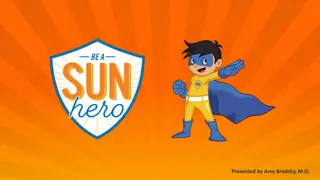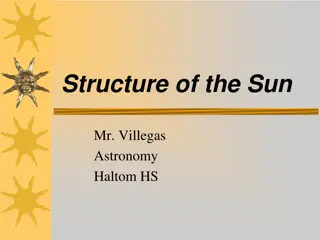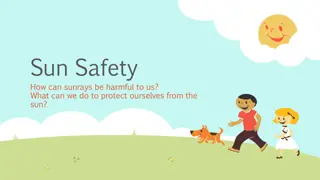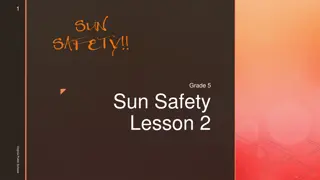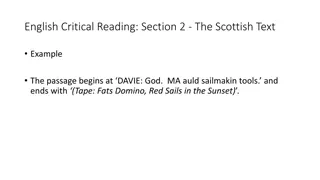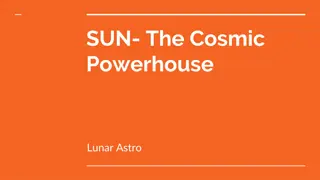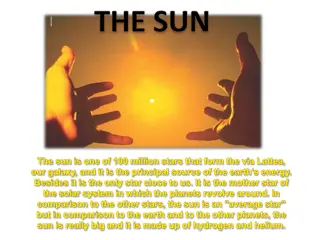Analyzing "Into the Burning Sun" - Critical Questions Answered
Explore key questions and insightful answers regarding the events, characters, and themes in "Into the Burning Sun." Uncover the significance of scenes, character actions, and the portrayal of gods in this compelling play. Enhance your understanding of the plot dynamics and character motivations as you delve deeper into the thought-provoking aspects of the story.
Download Presentation

Please find below an Image/Link to download the presentation.
The content on the website is provided AS IS for your information and personal use only. It may not be sold, licensed, or shared on other websites without obtaining consent from the author.If you encounter any issues during the download, it is possible that the publisher has removed the file from their server.
You are allowed to download the files provided on this website for personal or commercial use, subject to the condition that they are used lawfully. All files are the property of their respective owners.
The content on the website is provided AS IS for your information and personal use only. It may not be sold, licensed, or shared on other websites without obtaining consent from the author.
E N D
Presentation Transcript
In the chronology of the story, when do the events of Scene 1 take place? Why might the playwright have chosen to start the play this way? (text structure) In terms of chronology, the events in Scene 1 take place near the end of the story. The playwright likely begins this way to build suspense and give clues about the story and the characters. We learn, for example, that a father and son are trapped in a prison and are planning an escape. We also learn that King Minos put them there, so when we meet Minos in the next scene, we are suspicious of him.
In Scene 4, Icarus has a mechanical toy bird. What is the significance of this toy? (structure) The toy is significant to the story because it foreshadows Icarus s doomed flight. It also shows that he is fascinated by the idea of flying.
To be reckless is to do something without thinking or caring about the possible negative consequences of your action. In what way is Icarus reckless? (character) Icarus is reckless when he takes flight because he lets himself be carried away by the thrill and ignores the obvious danger of flying so close to the sun.
How are the gods portrayed in the story? (characterization) The gods are portrayed as demanding, vengeful, commanding, and powerful but also as compassionate. Poseidon is demanding when he requires Minos to sacrifice his prize bull, and he is vengeful and powerful when he punishes Minos by sending him the Minotaur. Athena is commanding and asserts her authority when she issues Daedalus and Icarus a strict warning not to attempt to wield the powers of the gods, but she also shows compassion by warning them; had Daedalus and Icarus listened, Icarus would have lived. Athena also shows compassion when she offers comfort to Daedalus in the final scene.
INTO THE BURNING SUN CRITICAL-THINKING QUESTIONS
Based on what happens to Icarus, what big idea or message do you think the myth conveys? Answers will vary but could be similar to one of the following: We should not attempt more than we can achieve; humility is admirable; humans should respect their natural limits and not try to take on the role of gods; we shouldn t let emotion cloud our reason; we should listen to our parents.
Answer the question in the caption on page 14: Do you think Daedalus and Icarus deserved their fate? Some students may say that no, they did not deserve their fate because they were being unfairly held prisoner by an evil king. Other students may say that the pair did deserve their fate because Athena issued them a clear warning and they ignored it.
A tyrant is a ruler who has complete power and who uses that power in a way that is cruel and unfair. On page 13, Daedalus calls Minos a tyrant. Is this a fair description? Answers will vary, but students will likely say yes. Minos imprisons Daedalus and Icarus even though they have committed no crime.





